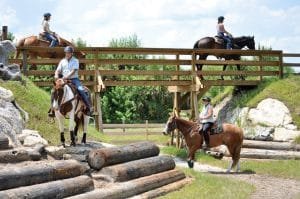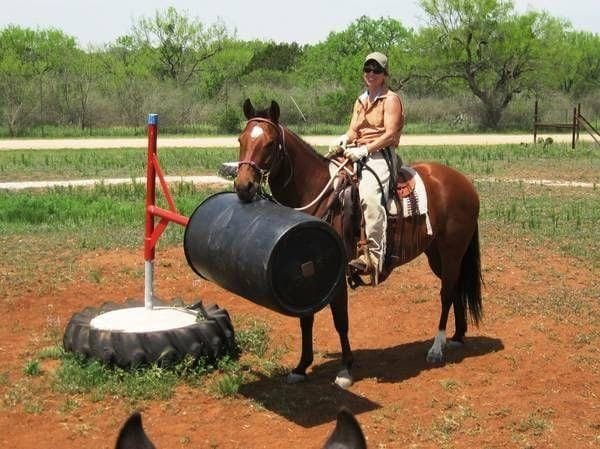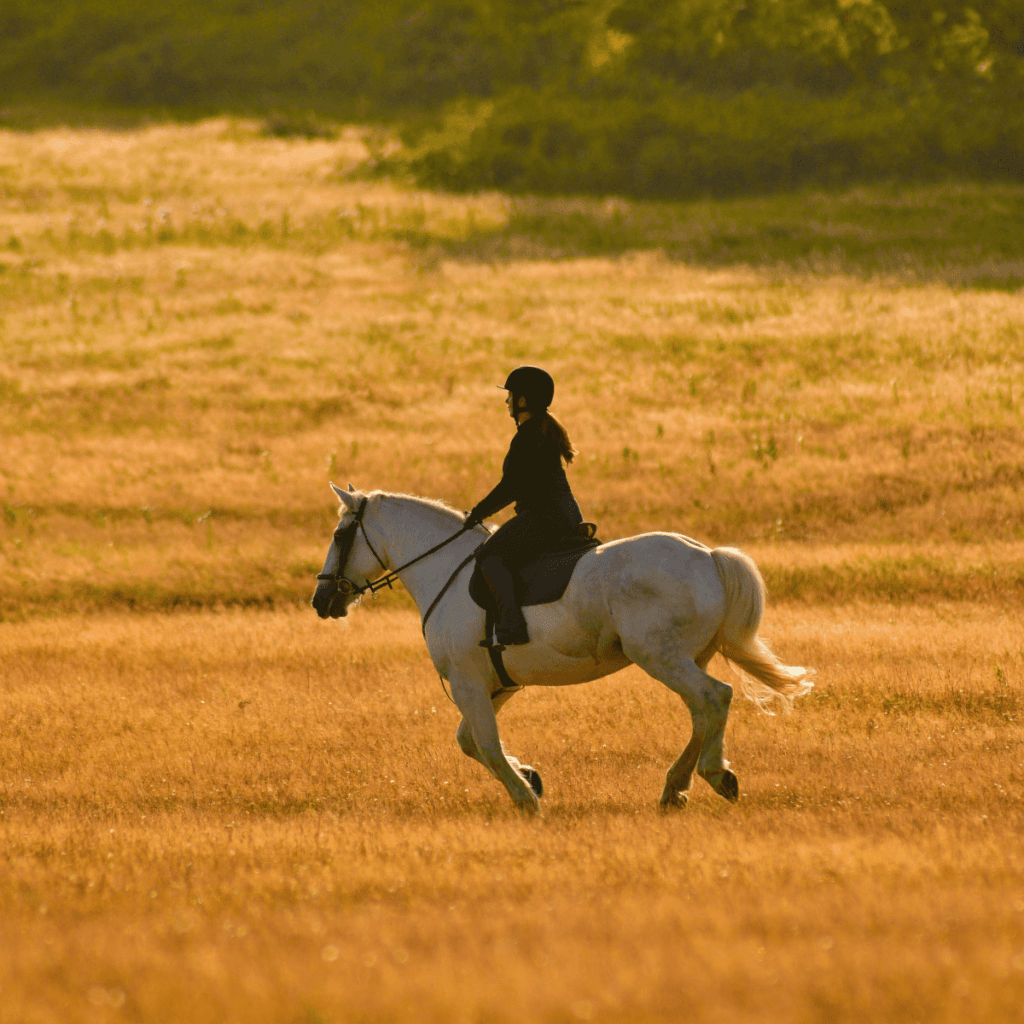Training your horse for obstacle courses can be a rewarding and fun experience for both you and your equine partner.
Whether you’re preparing for a competitive event or just enjoying some leisure time, mastering obstacles helps improve your horse’s confidence, agility, and responsiveness. Here’s a step-by-step guide to help you train your horse for obstacle courses effectively.
1. Understand the Basics of Obstacle Training
Before diving into specific obstacles, it’s essential to understand what obstacle training entails. The goal is to teach your horse to navigate various challenges safely and confidently. Common obstacles include:
- Jumps
- Tunnels
- Water hazards
- Tarps
- Bridges
- Poles
Familiarize yourself with the types of obstacles you’ll be encountering and the skills your horse will need to navigate them successfully.

2. Establish a Solid Foundation
Before introducing obstacles, ensure your horse has a strong foundation in basic ground manners and riding skills. Your horse should be comfortable with:
- Leading and standing quietly
- Responding to voice commands
- Moving forward, stopping, and turning on cue
A solid groundwork foundation will help your horse feel more secure and responsive when faced with new challenges.
3. Start with Groundwork
Groundwork is a crucial part of training for obstacles. Begin by introducing your horse to various obstacles on the ground. Here’s how:
- Introduce Slowly: Allow your horse to explore the obstacles at their own pace. Use treats or praise to encourage curiosity.
- Desensitization: Use flags, tarps, or other props to desensitize your horse to different sensations and movements. This can help them feel more comfortable with unusual objects.
- Leading Exercises: Practice leading your horse over, around, and through obstacles. Encourage them to step over poles or walk through tunnels while maintaining control.
4. Incorporate Simple Obstacles
Once your horse is comfortable with groundwork, start incorporating simple obstacles into your training routine. Focus on one obstacle at a time, allowing your horse to familiarize themselves with it. Some ideas include:
- Ground Poles: Lay out poles on the ground to teach your horse to step over them. Gradually increase the challenge by spacing them differently or raising them slightly.
- Tarps: Place a tarp on the ground and encourage your horse to walk over it. Use treats or a calm voice to help them overcome any hesitation.
5. Progress to Riding Obstacles
Once your horse is comfortable navigating obstacles on the ground, it’s time to transition to riding. Begin with easy obstacles that your horse has already experienced on the ground:
- Walk Over Poles: Start by walking your horse over poles at a slow pace. Gradually increase speed as they become more confident.
- Navigate Tunnels: Set up a tunnel and ride your horse through it, using encouragement and calm cues to guide them.
6. Build Confidence with Height and Difficulty
As your horse gains confidence, gradually introduce more challenging obstacles, such as jumps or higher poles. Remember to:
- Go Slow: Increase the difficulty gradually to prevent overwhelming your horse. Take your time and ensure they’re comfortable before moving on.
- Use Positive Reinforcement: Always reward your horse with praise or treats when they successfully navigate an obstacle. This builds their confidence and encourages them to try again.
7. Practice Course Navigation
Once your horse is comfortable with individual obstacles, start setting up a mini obstacle course. This allows you to practice navigating multiple obstacles in succession. Here’s how to approach it:
- Create a Course: Use a variety of obstacles, arranging them in a way that flows naturally. Start with three to five obstacles and gradually add more as your horse becomes proficient.
- Establish a Rhythm: Focus on maintaining a consistent pace and rhythm while navigating the course. This helps your horse understand the flow of movement.
8. Focus on Communication and Trust
Effective communication is key to successful obstacle training. Use clear cues and body language to guide your horse through each obstacle. Building trust between you and your horse is crucial, so be patient and encouraging throughout the training process.
9. Incorporate Trail Rides
Incorporating trail rides into your training can help your horse adapt to natural obstacles they may encounter in the real world. Look for opportunities to practice over logs, ditches, and other trail challenges. This helps reinforce their skills and builds confidence in various environments.
10. Celebrate Progress and Have Fun
Finally, remember to celebrate your horse’s progress, no matter how small. Training should be a fun and rewarding experience for both you and your horse. Enjoy the process, and don’t be afraid to take breaks or mix in playful activities to keep things fresh.




